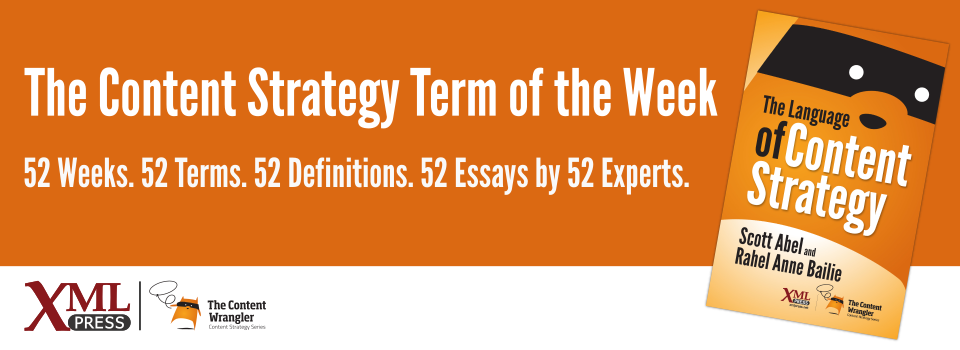What is it?
A software application that supports information capture, editorial, governance, and publishing processes with tools such as workflow, access control, versioning, search, and collaboration.
Why is it important?
Without the automation that a content management system (CMS) provides, and the potential for integration into other software systems, many content-related tasks must be completed manually, greatly decreasing reliability and efficiency.
Why does a content strategist need to know this?
A content management system (CMS) is important because it provides a hub for multiple users and systems to interact with content. The CMS gives a content author the tools needed to support multi-channel delivery, adaptive or semantic content, and more.
There are thousands of CMS options on the market, most of which fall into a few main categories such as Web CMS, Component CMS, and Enterprise CMS. The usability of different systems, when applied to different delivery contexts, varies greatly.
The differences between the types of specialized content management systems, as well as the different specific vendor options, are often not clear to many in the organization, leaving the responsibility to the content strategist to bridge the gap. IT departments may understand some of the technicalities, but the full impact on the content and users will often not be clear to them.
Content strategists must understand basic CMS principles and capabilities so that the organization’s business goals drive and shape the content process. The ability to explain CMS-specific requirements can help ensure the correct system is selected or make the case for a replacement system when needed.
If change is not feasible, content strategists need to articulate a realistic set of customization and configuration requirements to the technical integration team so that content processes are properly supported.

